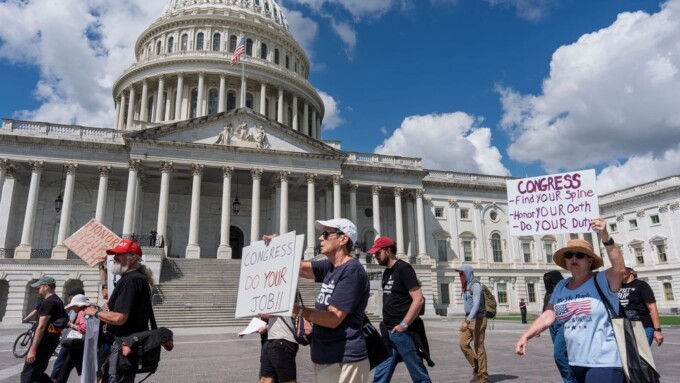The United States government has officially ended a 43-day shutdown, allowing for the reopening of federal offices across the nation. President Donald Trump signed a funding bill late Wednesday, enabling federal workers to return to work and essential services to resume. The shutdown had caused substantial disruptions, including unpaid federal employees, airport delays, and suspended programs like Head Start.
Despite the government’s reopening, recovery will be gradual. Federal workers who missed paychecks are expected to receive back pay by November 19, although payments will be staggered. Challenges remain, particularly in the Education Department, where staff encounter difficulties in accessing work accounts to resume their roles.
The shutdown also affected vital programs, such as the Supplemental Nutrition Assistance Program (SNAP) and Head Start, impacting millions of Americans. States are currently working to restore full SNAP benefits, with states like Arkansas and Alabama moving quickly to aid those in need.
In the aviation industry, the Federal Aviation Administration (FAA) had instructed airlines to reduce flights due to shortages of air traffic controllers during the shutdown. With the government’s reopening, efforts are focused on resolving these staffing issues to resume standard flight operations.
Cultural institutions, such as the Smithsonian museums and the National Zoo, which had closed since October 12, are also beginning to reopen. The National Museum of American History and the National Air and Space Museum are expected to welcome visitors again on Friday, with other sites set to reopen in the following days.
Although the reopening signifies a return to normalcy, the full recovery from the shutdown’s impact will take time, as federal agencies work to manage backlogs and operational challenges to restore services effectively.












Leave a comment